PRODUCTS CENTER
Reliable products, good reputation, perfect after-sales service
SINCE 1993
Chaozhou Saite Purifying Apparatus Co., Ltd.
Guangdong Chaozhou Saite Purifying Facilities Co., Ltd. specializes in researching and manufacturing purifying facilities. Our company has some professional developing and designing technology staff, who are responsible for technology innovation and products development.
"High quality, new technology and best service" is the original drive for Saite Corporation. In order to get higher quality, our company introduced advanced production equipment and some series of high-precision testing facilities from USA, built physical control laboratory and biologic control laboratory. We control the quality for ....
-
1993
yearIncorporation
-
100
peopleExisting employees
-
1000
homeCooperative

NEWS CENTER
Get to know the news of Seth and the new information of the industry in time
25
2021 -05
25
2021 -05
25
2021 -05
25
2021 -05
25
2021 -05
Service support
Saite company implements the enterprise policy of "people-oriented, customer first, keep improving". The company has set up offices and after-sales service centers in Chaozhou, Shenzhen, Beijing, Guangzhou and Shenyang to ensure that it can provide users with high-quality after-sales service in time.
Chaozhou Saite Purifying Apparatus Co., Ltd.,
Hotline:
Add:
Liyangli Industrial Area, Dongfeng, Chaozhou City, Guangdong Province
Copyright © 2021 Chaozhou Saite Purifying Apparatus Co., Ltd., 粤ICP备2023091047号









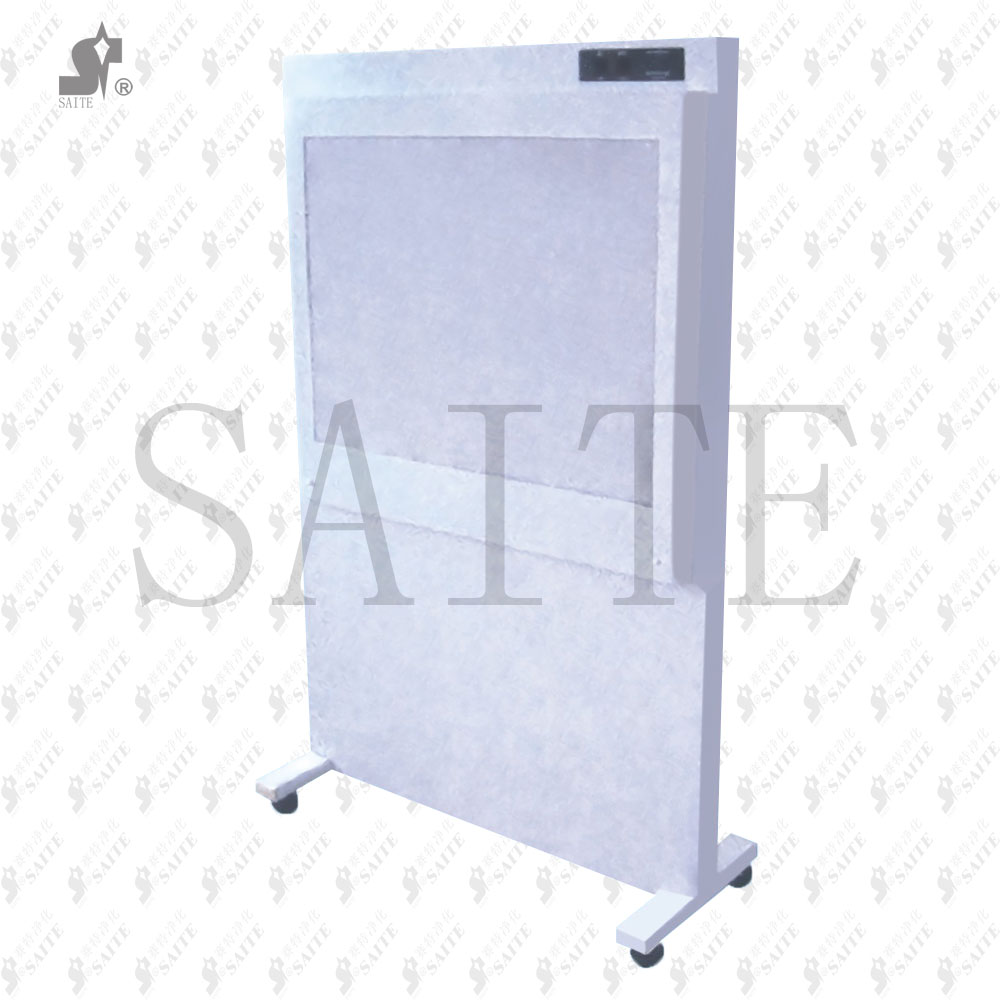


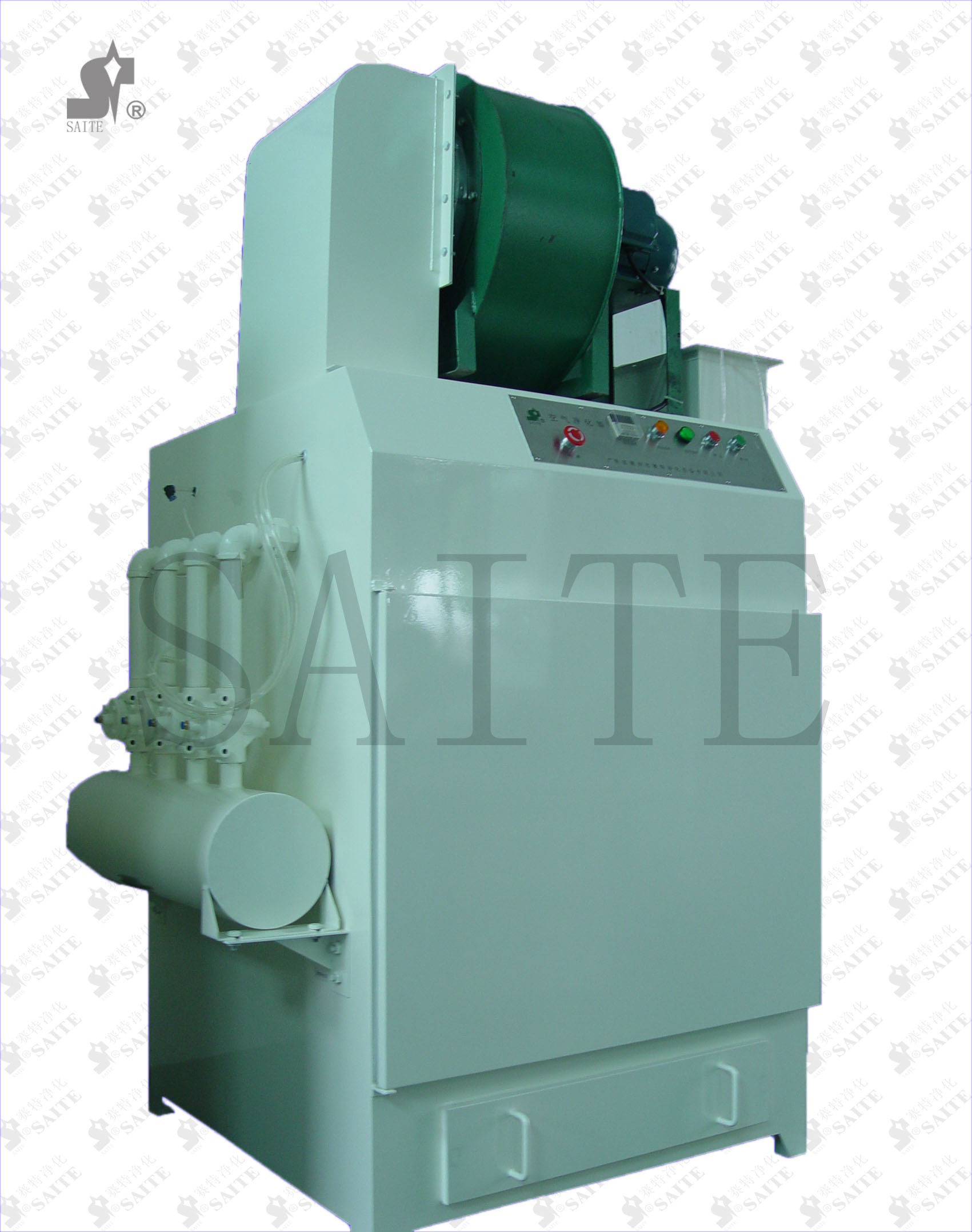
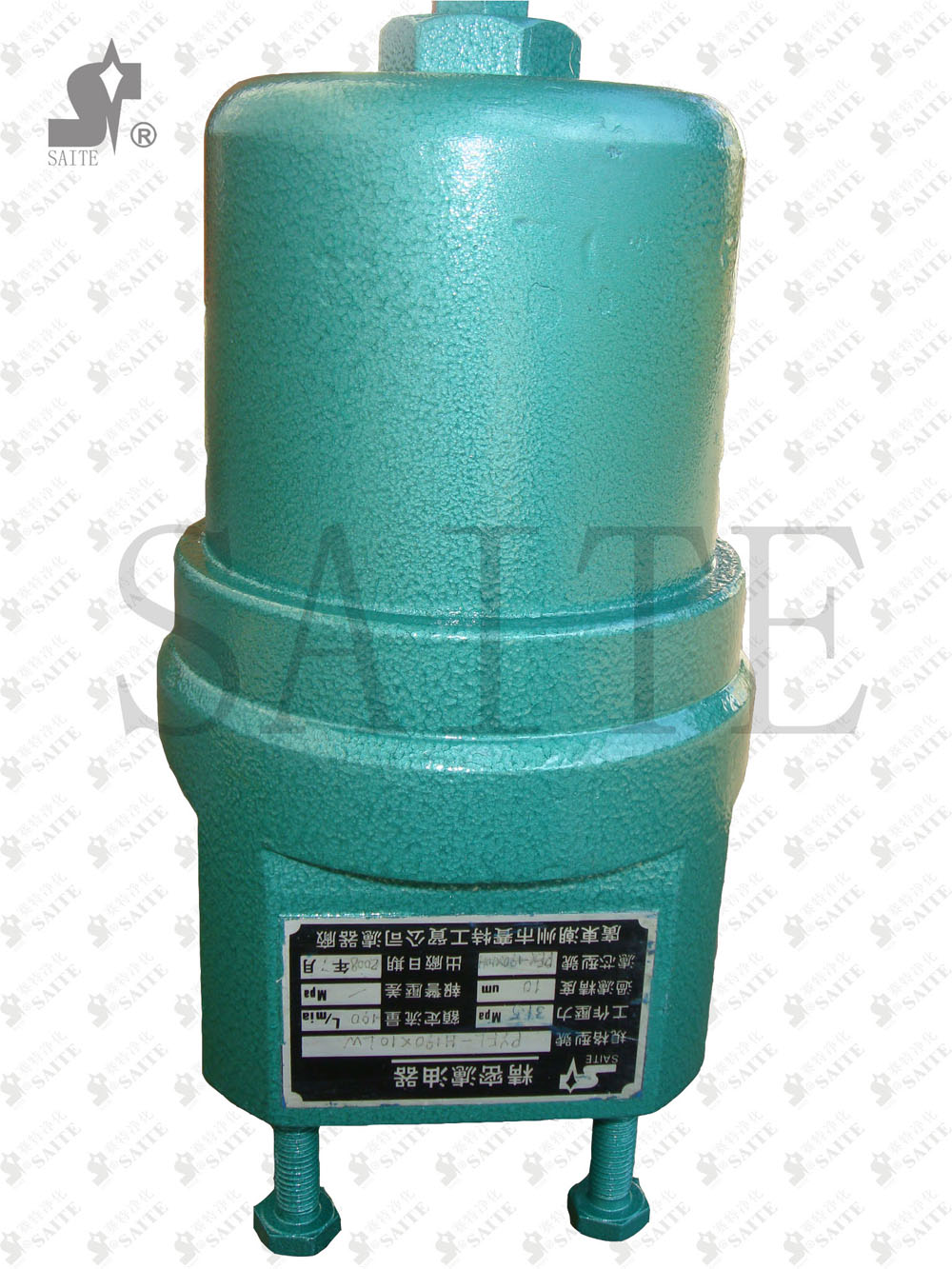
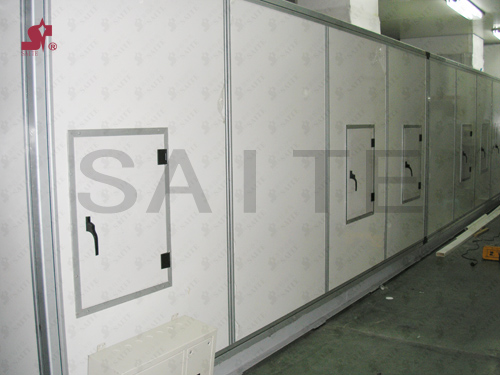
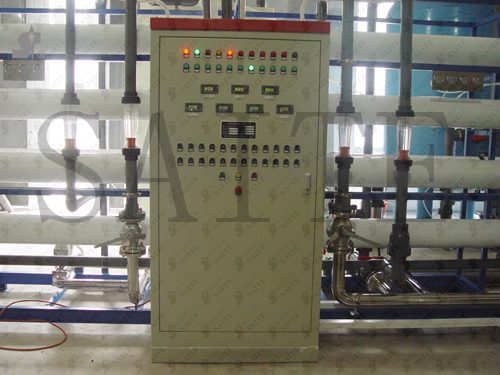
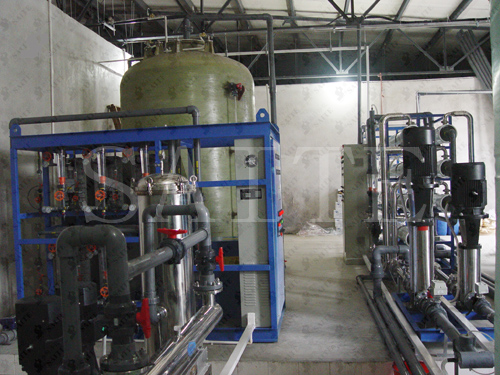


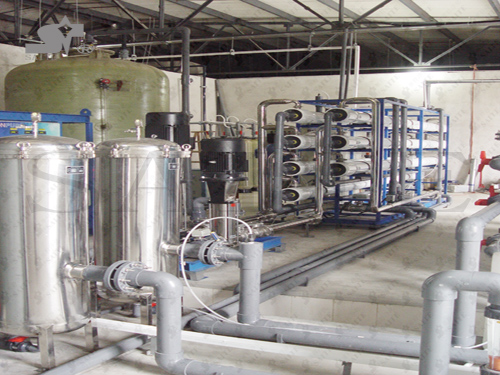
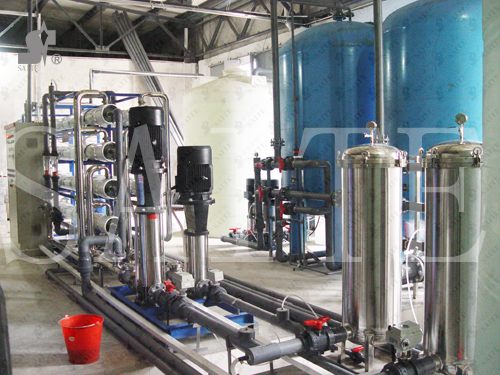
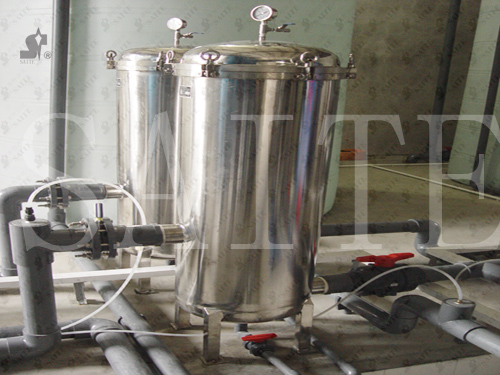









![[Think Tank Round Table] Always tighten the string of food security](/repository/image/ihwzGHO5T_mdAn1turHJSw.jpg)

 0768-6581475
0768-6581475

 在线留言
在线留言 